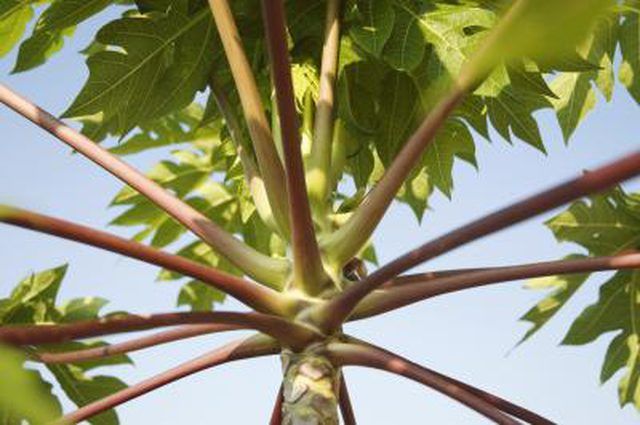Bulbs
Flower Basics
Flower Beds & Specialty Gardens
Flower Garden
Garden Furniture
Garden Gnomes
Garden Seeds
Garden Sheds
Garden Statues
Garden Tools & Supplies
Gardening Basics
Green & Organic
Groundcovers & Vines
Growing Annuals
Growing Basil
Growing Beans
Growing Berries
Growing Blueberries
Growing Cactus
Growing Corn
Growing Cotton
Growing Edibles
Growing Flowers
Growing Garlic
Growing Grapes
Growing Grass
Growing Herbs
Growing Jasmine
Growing Mint
Growing Mushrooms
Orchids
Growing Peanuts
Growing Perennials
Growing Plants
Growing Rosemary
Growing Roses
Growing Strawberries
Growing Sunflowers
Growing Thyme
Growing Tomatoes
Growing Tulips
Growing Vegetables
Herb Basics
Herb Garden
Indoor Growing
Landscaping Basics
Landscaping Patios
Landscaping Plants
Landscaping Shrubs
Landscaping Trees
Landscaping Walks & Pathways
Lawn Basics
Lawn Maintenance
Lawn Mowers
Lawn Ornaments
Lawn Planting
Lawn Tools
Outdoor Growing
Overall Landscape Planning
Pests, Weeds & Problems
Plant Basics
Rock Garden
Rose Garden
Shrubs
Soil
Specialty Gardens
Trees
Vegetable Garden
Yard Maintenance
How to Save Castor Bean Seeds
How to Save Castor Bean Seeds. Castor bean plants, also known as mole plants due to a reputation for repelling moles, are a beautiful annual ornamental that grows quickly and may reach higher than 8 feet by the end of summer. The seeds of Ricinus communis are extremely toxic, so be careful when handling and saving them.

Castor bean plants, also known as mole plants due to a reputation for repelling moles, are a beautiful annual ornamental that grows quickly and may reach higher than 8 feet by the end of summer. The seeds of Ricinus communis are extremely toxic, so be careful when handling and saving them.
Things You'll Need
Netting
Gloves
Storage container
Rice grains or silica packet
Select seed pods for saving high off the ground and put netting around them so they donít fall to the ground. Remove and throw away immature seed pods from elsewhere on the castor bean plant. Allow the netted pods to turn brown and dry; the plant will have started to die back or may have completely dried up.
Put on gloves and clip a seedpod from the castor bean plant. Break the pod apart with your gloved fingers into three parts, each part containing one seed.
Peel the outer covering carefully to reveal the seed. Dispose of the materials except the seeds; placing these in a compost pile is fine.
Dry the seeds for a week or two in an area not accessible by pets or children, such as on top of a refrigerator or high shelf. If you have cats that jump on shelves, place the seeds in a cabinet or box that the cat and children cannot access.
Place the dry seeds in a paper envelope, a plastic bag or sealed plastic container. Adding a few grains of rice or a silica packet to the container is a good idea though not required. Store the seed container in a dark and dry area, again one not accessible to children and pets. In the spring, plant your seeds to create a new crop.
Tips & Warnings
Wear gloves and wash hands after handling seeds.
These seeds (beans) are highly toxic to people and animals. Keep out of reach!